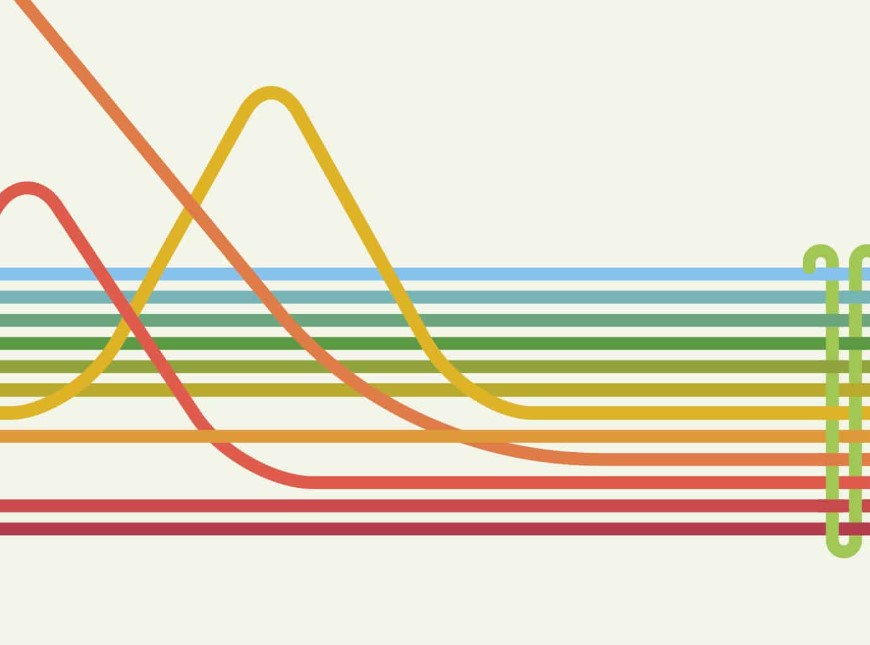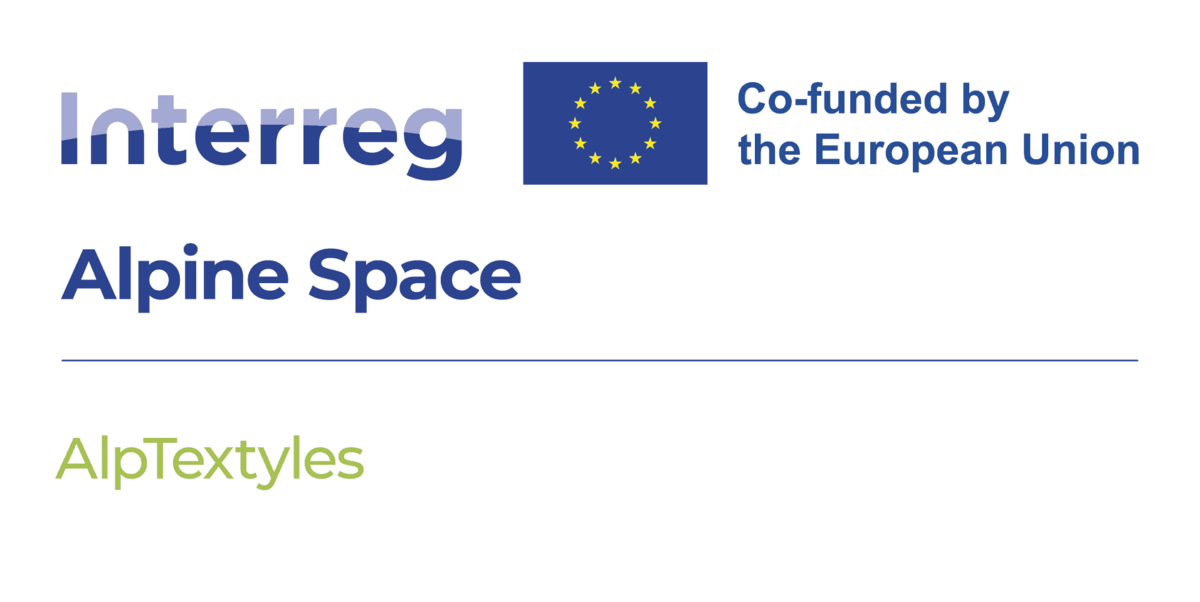AlpTextyles
Collaborative solutions for a heritage & consumer sensitive relocalization of sustainable, circular, and innovative Alpine textile value chains
Textile value chains need an urgent change being one of the most polluting sectors with a massive potential for CO2 reduction. The Alps have a rich textile heritage with specific aesthetics & knowhow based on values of circularity&sensitivity to local resources (e.g. wool, linen, dyeing plants). Now that consumers are critical of products from globalised value chains & increasingly desire living sustainable lifestyles, such heritage could contribute to re-territorialise Alpine textile value chains, long disrupted by global sourcing & the offshoring of production, thus boosting natural local
resources, projecting an attractive image capable of justifying the higher prices of Alpine products & fostering regional development & jobs creation.
AlpTextyles will develop collaborative solutions accelerating the relocalisation of sustainable, circular Alpine textile value chains sensitive to natural&cultural resources and capturing consumers’ desire for postcarbon lifestyles, thus improving cross-border cooperation. These will include:
- Orientation guides helping firms to innovate in a heritage-sensitive & circular manner
- Toolkits helping cultural institutions safeguard textile heritage
- Policy brief addressing the EU strategy for sustainable textiles & forthcoming geographical indications for heritage products, EUSALP action plans & regional authorities’ policies
- MOOC raising awareness & building capacity on Alpine textile heritage and its circular future
AlpTextyles is innovative as it brings to the table of Alpine cooperation a relevant so far neglected discussion; generates insights on consumers' desire to dress in a more CO2 neutral manner & perceived image/willingness to pay for Alpine products; builds a case for cross-border cooperation, normally hindered by policies fostering 100% local/national value chains; combines cultural & business expertise generating counter-intuitive cross-sectoral recommendations for agricultural, industrial & cultural policy.
ALPTEXTYLES. INTERTWINING CULTURES
AlpTextyles is an Interreg Alpine Space project that gathers the textile heritage of the Alps to establish a sustainable textile industry in the region. 12 partners develop business and cultural solutions based on sensitivity to local resources. Through cross-border collaboration, the goal is to lower carbon emissions and promote sustainable lifestyles. AlpTextyles focuses on mapping the Alpine textile know-how and aesthetics, testing new technologic solutions for circular design and product development, and transferring them into the local ecosystem with online and offline tools.
It develops Orientation guides for SMEs and business support organizations to upgrade skills in heritage- sensitive marketing, Heritage safeguarding toolkits to help cultural institutions to
digitize textile traditions, and a Policy brief with strategic recommendations for public authorities at the regional and macro-regional levels.
The project makes all its outcomes available in a MOOC, a Massive Online Open Course for students and professionals, launches actions on the Metaverse, and participates in policy meetings of the European Strategy for the Alpine Region and multiplier events, including Milano Unica.
AlpTextyles is innovative in that it operates at a geographical scale not usually seen, considers consumers’ perception and demand for sustainable products, and promotes an unprecedented collaboration level in the textile ecosystem, from breeders and craftspeople to technology experts and designers. Prompting circular climate-neutral solutions, AlpTextyles also helps to preserve the biodiversity of the Alpine sheep breeds and fibers and dyeing plants. It ensures environmental, social
and economic sustainability for heritage-based craft and industrial textile products and sustainable lifestyles.
You may also check the project’s Synthetic Handbook at this link: 01.-Handbook.pdf
TAKEAWAYS FROM A MULTI-LAYERED RESEARCH DAY
The report gathers the keynotes and main takeaways from all speakers of “The Living Textile Heritage of the Alps.” The high-profile line-up includes representatives from EU institutions (DG Department of Growth of the European Commission, EURATEX – European Textile and Apparel Confederation),
international organizations (WIPO – World Intellectual Property Organization, IWTO — International Wool Textile Organization), and cultural associations (European Fashion Heritage
Association, Musée des Tissus et des Arts Décoratifs), as well a number of project partners.
CONSUMER INSIGHTS: CIRCULARITY, SUSTAINABILITY, AND MADE
IN THE ALPS
Consumers can drive the market to support circular, sustainable value chains in the Alpine textile sector, disrupted by globalization. While people do not tend to immediately associate the Alps and textile products, the “place brand” is strongly positive. Critical views against the current globalized
textile chains and a willingness to buy local, artisanal, and environmentally friendly products are widespread phenomena, providing an encouraging outlook for the promotion of Alpine textile products.
COMMUNICATING “MADE IN THE ALPS”
As the Alps are associated with nature, heritage, tradition, adventure, exploration, performance, and luxury, brands strategically use geographic locations to infuse their products with symbolic meanings.
This paper examines how brands connect themselves to the Alps in their marketing communications, showing that some brands emphasize the Alps as a place of production, while others depict Alpine
landscapes as a site of consumption.
ALPINE TEXTILE MAPPING. ECONOMY, INSTITUTIONS, AND LABELS
The alpine textile sector is comparably strong, especially in Northern Italy, in certain regions of Switzerland and Austria, and in some parts of Northern Bavaria. However, it does not receive
enough support in terms of institutional regulations, labels, and certifications. Alpine wool encounters financing issues connected to not being classified as an agricultural product, and is negatively impacted by environmental classifications. Meeting these challenges could unlock the potential of a
strongly promotable sector.
MAPPING ALPINE WOOL. PRODUCTION NETWORK, VALUE CREATION, AND FOOTPRINT
Due to global concentration processes and the increasing importance of synthetic fibers, the wool sector is weakening, both in the Alps and worldwide. However, Alpine wool, if adequately supported, has great economic potential. Up-to-date marketing strategies, improved networking, technical innovations such as sustainable production processes, and pilot actions to create inspiration can strengthen the sector.
ALPTEXTYLES: BEAUTY UNVEILED
Istituto Marangoni delves into the open questions on the relations between the Alps and contemporary creativity, threading a visual journey that connects it to traditions of the past, and challenges of the future. Unveiling the essence of the Alps in reference to the fields of fashion, and design, it offers a
stimulus for creative and innovative visions. Visual research on aesthetic values can also facilitate innovation and experimentation with new codes and evocative languages.
ALPINE TEXTILE HERITAGE. AN OVERVIEW
Knowledge of the textile heritage and production history in the Alps is fragmented at the local, regional, and national levels. ZRC SAZU has researched the production and use of textiles in traditions and current practices in the Alpine region, focusing on wool, linen, and silk, as well as aspects of aesthetics and costumes. The research also shows how resource sensitivity rooted in local customs can inspire current circular practice, highlighting key milestones and traditional aspects of textile production to promote sustainability across the industry.


